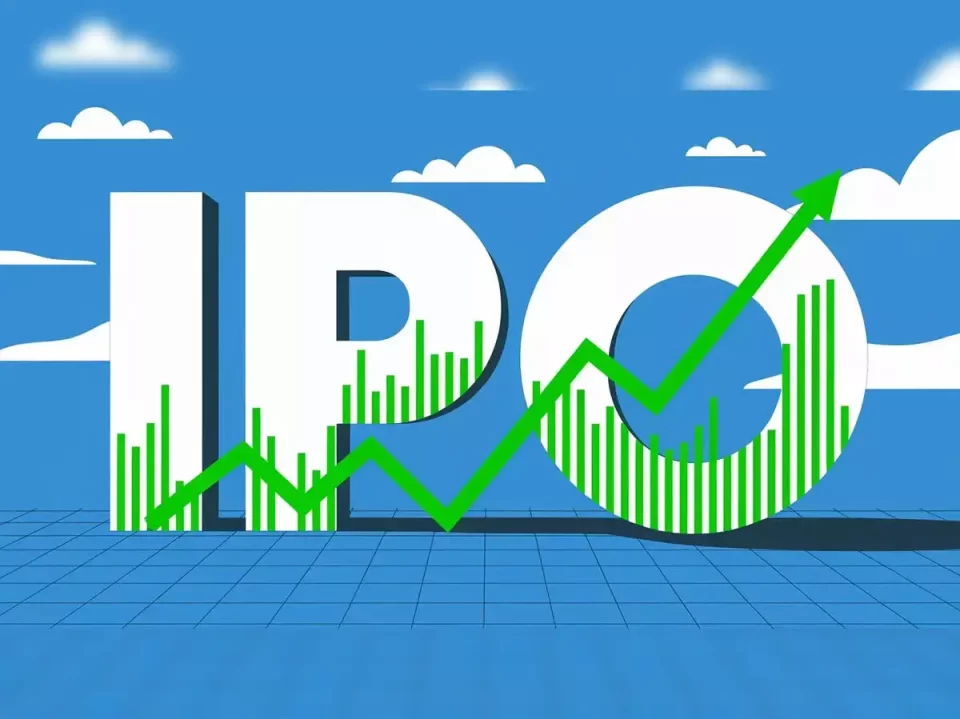Initial Public Offerings (IPOs) are a crucial part of the capital markets, giving companies access to public funds and investors a chance to participate in a firm’s growth. While a Current IPO grabs attention with its subscription figures and listing performance, there’s increasing curiosity around what happens once a company transitions into a Closed IPO—when the subscription closes and the stock begins its life in the secondary market. As investor behavior shifts and technology advances, could Closed IPOs become more prominent in shaping future market trends?
Shifting Investor Focus from Listing Gains to Long-Term Value
Traditionally, IPOs have been seen as opportunities for quick listing gains. However, a growing number of investors are shifting focus to post-listing performance and long-term returns. This change is partly driven by the realization that hype-driven Current IPOs don’t always translate to long-term wealth creation.
With this mindset shift, Closed IPOs—or rather, the companies behind them—are gaining more analytical attention. Investors are studying how these stocks perform after the excitement dies down, leading to deeper research and more thoughtful investing. This trend could make Closed IPOs a bigger part of IPO analysis in the future.
Increasing Transparency and Data Availability
Today, more platforms and financial tools offer in-depth tracking of IPO performance long after the listing date. From price charts to financial ratios and peer comparisons, Closed IPOs are no longer forgotten once they hit the secondary market. With access to this data, investors can better evaluate whether the IPO was priced fairly and how the company is evolving.
This increased visibility may drive more interest in post-IPO tracking, making Closed IPOs an integral part of how retail and institutional investors evaluate public companies.
Role of Regulatory Developments
SEBI and other market regulators are also pushing for more disclosure and fairness in the IPO process. These changes aim to reduce speculation and promote responsible investing. If regulations begin to emphasize performance over subscription levels, the market’s focus may naturally drift toward the progress of Closed IPOs.
This could pave the way for new financial products or services centered around post-IPO stock performance, rather than just initial listing day gains.
Evolving Investor Education and Awareness
Retail investors today are more informed than ever before. With growing awareness of the risks involved in IPO investing, many now wait to see how a company performs post-listing before committing funds. This cautious approach could lead to the emergence of new strategies focused entirely on Closed IPOs rather than chasing Current IPOs in a rush.
Conclusion
While Current IPOs will always attract buzz and attention, the future may belong to those who look beyond the headlines. Closed IPOs offer a more realistic picture of a company’s public market journey. As tools, regulations, and investor preferences evolve, we may see a shift where more analysis, discussion, and even investment strategies center around what happens after an IPO closes. That’s where the real story begins.

